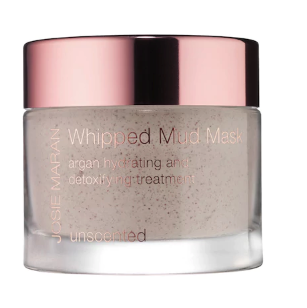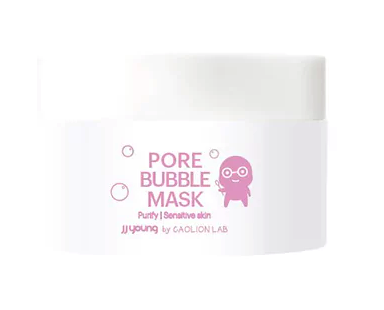How it works:
Share your skin goals and snap selfies
Your dermatology provider prescribes your formula
Apply nightly for happy, healthy skin
How it works:
How it works:
Share your skin goals and snap selfies
Your dermatology provider prescribes your formula
Apply nightly for happy, healthy skin
How it works:
The best face masks for acne-prone skin
Face masks that won’t make you break out, plus a few DIY Dos and Don’ts.



We love relaxing with a good face mask on — and there are plenty of options out there for every skin type or concern. Masks may be more of a treat than a necessary step in your skincare routine, but depending on your (sk)individual situation, they can definitely be beneficial. Say your skin is dry, or stressed out from anti-acne treatments and in need of a little love, or your pores are stubbornly clogged.
In any case, here are a few important things to consider before using a face mask:
Does it pass the CosDNA test? Look it up on CosDNA.com (or copy-and-paste the ingredients into their Analyze Cosmetics page) to make sure it won’t irritate your skin or clog your pores.
What is it used for? (Does your skin really need it?)
How does it smell? (And will the fragrance irritate your skin?)
When would you use it in your routine (before or after cleanser)?
DIY face masks Dos and Don’ts
Don’t: Lemon juice
Lemon juice has a pH of around 2, meaning it’s very acidic. Normal skin has a pH of 4.5–5. Many skincare products try to stay in this range, in order to minimize irritation. So if you’re doing a homemade mask, just say “no” to lemon juice!
Don’t: Honey
Yum on Greek yogurt, but sadly, honey isn’t reliably safe for your skin (we went over this in our recent post, 8 DIY Skincare Treatments That Are Actually Bad For Your Skin). Unless you’ve got some seriously pure Manuka or medical-grade honey, it’s best to avoid adding it to homemade skincare concoctions.
Do: Oatmeal
A DIY oatmeal mask can be good, especially as an eczema treatment. Soy and water are fine to mix with the oatmeal, just avoid mixing it with sugary or irritating ingredients such as honey and lemon juice!
Our picks
Here are a few store-bought masks we’re into.
Josie Maran Whipped Mud Mask Argan Hydrating and Detoxifying Treatment — $48.00

Photo Credit: Sephora
This is great if your pores are feeling clogged!
Passes the CosDNA test
Peter Thomas Roth Therapeutic Sulfur Masque — $47.00

Photo Credit: PETERTHOMASROTH
Targeted toward acne
Smells great (despite the sulfur!)
Passes the CosDNA test
SheaMoisture® African Black Soap Clarifying Mud Mask — $14.99
Can be used mid-routine 1–2 times per week
Active ingredient: salix nigra (willow bark extract), a mild BHA (beta-hydroxy acid)
Also contains tea tree oil
Glow Recipe Watermelon Glow Sleeping Mask- $45

Photo Credit: Sephora
Buzzed about; long waiting list
Passes the CosDNA test
Sleeping mask, light fluffy texture, can be used in place of nighttime moisturizer
Must mix when you first get it, as ingredients separate
Active ingredients: glycolic acid, lactic acid (alpha-hydroxy acids, aka AHAs) for chemical exfoliation
Contains sodium hyaluronate, great moisturizing ingredient that has a plumping effect on the skin.
JJ Young Pore Bubble Mask- $16.99

Photo Credit: CVS
Micro-oxygen bubbles penetrate into skin for brightening and complexion
Buffing grains leave the skin bright and clean by eliminating impurities and sebum within the pores
Passes the CosDNA test
Charcoal acts like a magnet to attract and absorb dirt and oil
YOUTH TO THE PEOPLE Superfood Skin Reset Antioxidant Mask- $44

Photo Credit: Nordstrom
Spirulina: Tones skin, creating a glowing complexion with vitamins and minerals
Passes the CosDNA test
Microalgae: Supports natural collagen production
Kale: Preserves youthful skin
Spinach: Repairs against environmental stresses, while fighting visible signs of skin aging
Use 1–2 times per week
Mask madness 🎭
We’re only scraping the tip of the proverbial iceberg here, but let this be your starting point for navigating the super-saturated world of face masks. And remember: it’s all about finding what works best for you. Stay tuned for future product reviews and more advice for dealing with your skin’s unique quirks.


Curology Team